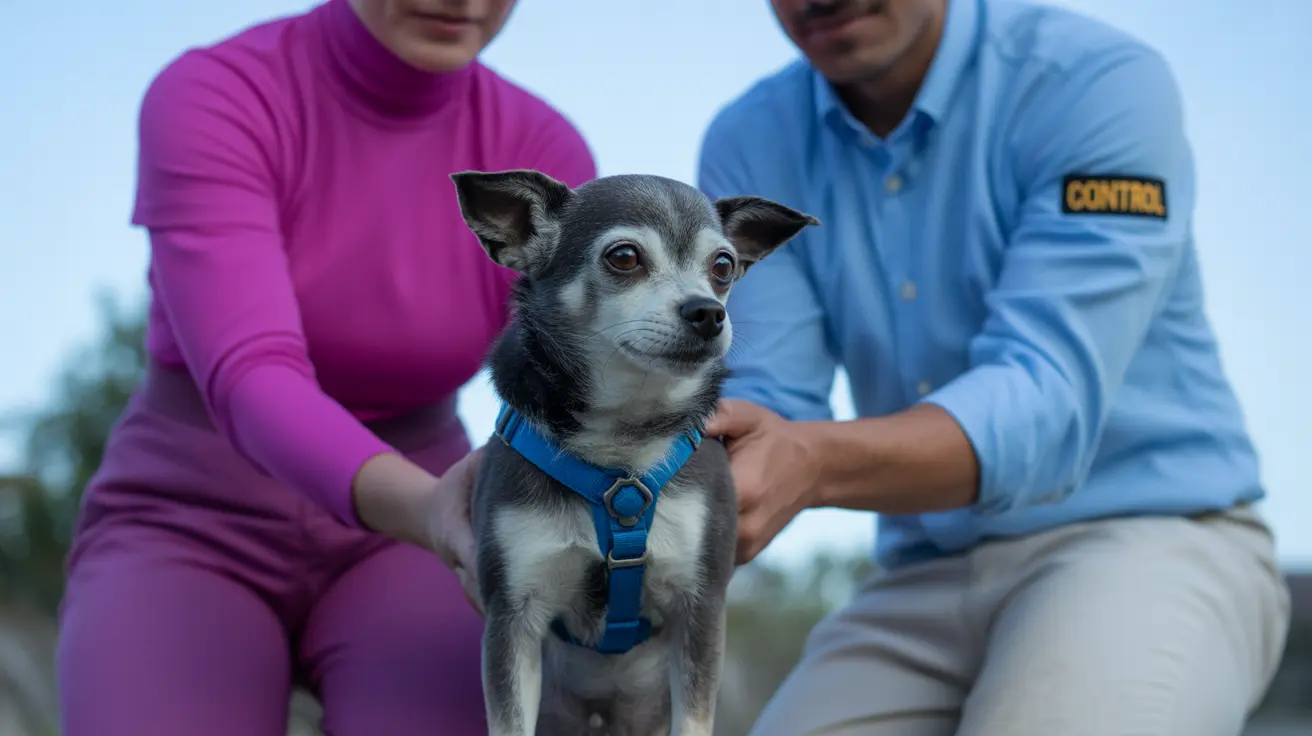How to Get Your Dog to Take Pills: Vet-Approved Tips
Giving your dog medication can feel like a battle of wits—especially if your furry friend is suspicious, picky, or has learned the art of pill detection. But don't worry; there are several effective strategies you can use to make the process smoother for both you and your pet.
Hiding Pills in Food
The most popular approach is concealing the pill in a small amount of soft, delicious food. Dogs love treats, and many will gulp down something tasty without noticing a hidden tablet inside. Here are some foods commonly used for this purpose:
- Plain canned dog food
- Soft, moldable dog treats
- Commercial pill pockets
- Peanut butter (make sure it doesn't contain xylitol)
- Lunch meat or cheese
- Plain yogurt or marshmallows
- Cooked sweet potato or liverwurst
- Tiny pieces of hot dog (cut small to prevent choking)
- Boiled chicken breast or beef
If your dog's medication has a strong smell or taste, try using pungent foods like liver or wet food to mask it. Always check with your veterinarian before choosing a food—some dogs have allergies, dietary restrictions, or health conditions that limit what's safe for them.
Bait and Switch: Outsmarting the Suspicious Pup
If your dog tends to chew treats carefully and spit out pills, the 'bait and switch' method works wonders. Offer one or two unmedicated treats first so your dog expects more. Then give the treat with the hidden pill, followed by another plain treat right away. This encourages quick swallowing and distracts from the taste or texture of the medication.
You can also incorporate giving pills into familiar routines—such as rewarding tricks—so your dog focuses on earning rewards instead of scrutinizing what they're eating.
Preparation Matters
Prepare all treats and pills ahead of time, ideally out of sight from your dog. Dogs are smart—they notice when something's up! Wash your hands between handling medication and food so you don't transfer any medicinal scent onto treats.
If you're dealing with bitter tablets, consider asking your vet about coated tablets, capsules, or gelatin capsules that hide unpleasant flavors.
Direct Administration: When Disguise Fails
Some dogs are too clever (or stubborn) for even the tastiest disguise. If hiding pills doesn't work, you may need to give them directly:
- Gently hold your dog's muzzle and tilt their head back.
- With your dominant hand, place the pill as far back on their tongue as possible—ideally past the 'hump.'
- Close their mouth and hold it shut.
- Gently stroke their throat or lightly blow on their nose to encourage swallowing.
A lot of dogs will lick their nose after swallowing—a good sign they've taken the pill. If you're worried about getting bitten or can't reach far enough back, use a pet piller (a plunger-like device) designed for this task.
Pill Alternatives and Compounding Options
If oral administration simply isn't working, ask your veterinarian about alternatives. Some pharmacies can compound medications into flavored liquids, chews, or even transdermal gels applied to skin. Never crush pills or open capsules without veterinary guidance; some medications lose effectiveness or become unsafe when altered.
Avoiding Common Pitfalls
- Watch closely: Some dogs pretend to swallow but later spit out pills—check their mouth pockets!
- Create a calm environment: Stress makes things harder for everyone; keep things positive with praise and gentle petting throughout.
- Hydration helps: Offer small amounts of water after giving medication.
If Your Dog Refuses Medication
If missing doses could cause serious problems (like heart disease or seizures), contact your vet immediately if your dog refuses medication. Watch for symptoms such as dry gums, drooling, loss of appetite, lethargy, or signs of worsening illness—they may require urgent attention.
Your veterinarian might suggest different formulations (like liquids), appetite stimulants, injectable medications given at the clinic, or other solutions tailored to you and your dog's needs.
Key Takeaways for Giving Pills Successfully
- Hide pills in safe foods approved by your vet.
- Bait-and-switch tricks can help prevent spitting out medication.
- Moldable treats and pill pockets make disguising easier.
- A pet piller tool keeps fingers safe during direct administration.
- Avoid crushing/opening pills unless told by a vet—it could be dangerous.
- Praise and positive reinforcement reduce stress around medicine time.





